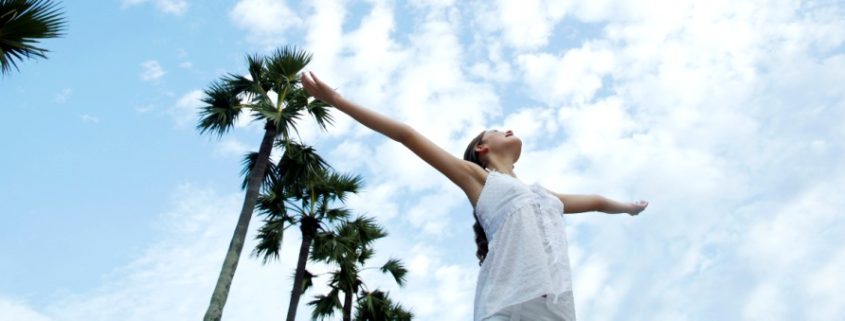Understanding the Benefits Of Choosing Natural Methods Of Treatment!!
Over the past decade an increasing number of people have shifted to natural treatment methods for getting relief from various ailments. This shifting trend has resulted from the growing awareness amongst the masses about the various benefits offered by such methods over the general allopathic treatments. Discussed below are some important benefits of opting for these methods of treatments to enjoy a better and healthier life.
Natural methods rely on providing holistic treatments for specific health issues. This means that such methods focus on identifying the root cause of a problem rather than providing temporary relief from its symptoms. This ensures a permanent resolution of the health ailments that the patients are suffering from. Even though the process may seem time consuming, the results generally last a lifetime and assure the patients of a life full of health and vitality.
One of the major reasons behind choosing Naturopathy is also to avoid any negative side effects of the medicines and procedures used during treatment. Natural therapies generally do not present any risks as they are based on restoring the energy balance within the body and treating a disease using herbs and medicines derived from the environment. The treatment methods are mostly non-invasive and do not cause any further damage to other body parts or systems.
The natural treatment methods aim to treat patients by making significant changes in their lifestyle for a healthy and fit body. From dietary changes to exercise routines and even sleeping patterns and work environments, these treatment methods take even the most insignificant aspects of a patient’s lifestyle into consideration to offer longer lasting solutions. The idea is to help the patients lead a better life without making them dependent on drugs and medicines. In fact, most such methods focus not only on enhancing the physical well-being of the patients but also on improving their spiritual and mental health.
Natural treatment methods are being increasingly adapted by people around the world as a means to alleviate their sufferings. As a result countless health centers offering such treatments have opened up in a span of just a few years, giving the patients new hope for a better life.
Vydya.com is an online portal that offers information about a wide range of natural health and wellness services to guarantee you the joy of a better life.

